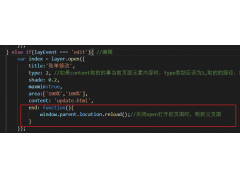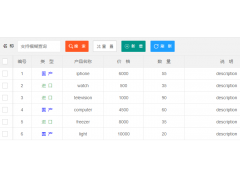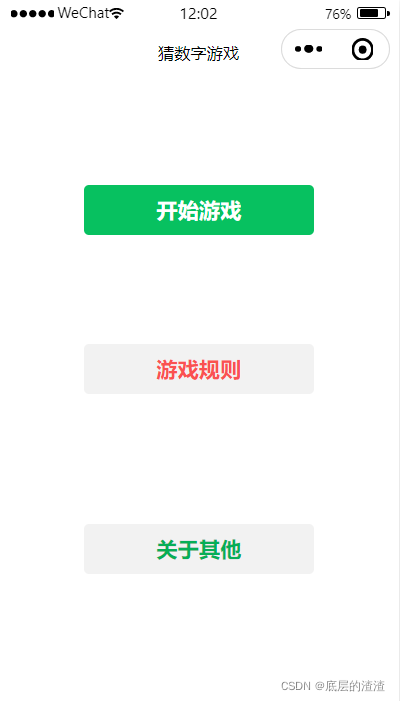Intercept XMLHttpRequest and modify responseText(拦截 XMLHttpRequest 并修改 responseText)
问题描述
我正在尝试构建一个脚本,它将充当本机 XMLHttpRequest 对象的代理/包装器,使我能够拦截它、修改 responseText 并返回到原始的 onreadystatechange 事件.
I'm trying to build a script that will act as a proxy/wrapper for the native XMLHttpRequest object enabling me to intercept it, modify the responseText and return back to the original onreadystatechange event.
上下文是,如果应用程序尝试接收的数据已经在本地存储中可用,则中止 XMLHttpRequest 并将本地存储的数据传递回应用程序的成功/失败回调方法.假设我无法控制应用现有的 AJAX 回调方法.
The context being, if the data the app is trying to receive is already available in local storage, to abort the XMLHttpRequest and pass the locally stored data back into the apps success/failure callback methods. Assume I have no control over the apps existing AJAX callback methods.
我最初尝试了以下想法..
I had originally tried the following idea..
var send = XMLHttpRequest.prototype.send;
XMLHttpRequest.prototype.send = function(data){
//Do some stuff in here to modify the responseText
send.call(this, data);
};
但正如我现在所建立的,responseText 是只读的.
But as I have now established, the responseText is read only.
然后我尝试退后一步,为 XMLHttpRequest 编写我自己的完整本机代理,最终编写了我自己的本机方法版本.类似于这里讨论的...
I then tried taking a step back, writing my own full native proxy to XMLHttpRequest, ultimately ending up writing my own version of the native methods. Similar to what is discussed here...
http://www.ilinsky.com/articles/XMLHttpRequest/#implementation-wrapping
但它很快就变得混乱了,并且仍然很难将修改后的数据返回到原始的 onReadyStateChange 方法中.
But it rapidly got confusing, and still have the difficulty of returning the modified data back into the original onReadyStateChange method.
有什么建议吗?这甚至可能吗?
Any suggestions? Is this even possible?
推荐答案
//
// firefox, ie8+
//
var accessor = Object.getOwnPropertyDescriptor(XMLHttpRequest.prototype, 'responseText');
Object.defineProperty(XMLHttpRequest.prototype, 'responseText', {
get: function() {
console.log('get responseText');
return accessor.get.call(this);
},
set: function(str) {
console.log('set responseText: %s', str);
//return accessor.set.call(this, str);
},
configurable: true
});
//
// chrome, safari (accessor == null)
//
var rawOpen = XMLHttpRequest.prototype.open;
XMLHttpRequest.prototype.open = function() {
if (!this._hooked) {
this._hooked = true;
setupHook(this);
}
rawOpen.apply(this, arguments);
}
function setupHook(xhr) {
function getter() {
console.log('get responseText');
delete xhr.responseText;
var ret = xhr.responseText;
setup();
return ret;
}
function setter(str) {
console.log('set responseText: %s', str);
}
function setup() {
Object.defineProperty(xhr, 'responseText', {
get: getter,
set: setter,
configurable: true
});
}
setup();
}这篇关于拦截 XMLHttpRequest 并修改 responseText的文章就介绍到这了,希望我们推荐的答案对大家有所帮助,也希望大家多多支持编程学习网!
本文标题为:拦截 XMLHttpRequest 并修改 responseText


基础教程推荐
- Javascript 在多个元素上单击事件侦听器并获取目标 2022-01-01
- 如何在特定日期之前获取消息? 2022-01-01
- WatchKit 支持 html 吗?有没有像 UIWebview 这样的控制器? 2022-01-01
- 每次设置弹出窗口的焦点 2022-01-01
- Node.js 有没有好的索引/搜索引擎? 2022-01-01
- 如何使用 CSS 显示和隐藏 div? 2022-01-01
- jQuery File Upload - 如何识别所有文件何时上传 2022-01-01
- 为什么我在 Vue.js 中得到 ERR_CONNECTION_TIMED_OUT? 2022-01-01
- 如何使用sencha Touch2在单页中显示列表和其他标签 2022-01-01
- 什么是不使用 jQuery 的经验技术原因? 2022-01-01

















